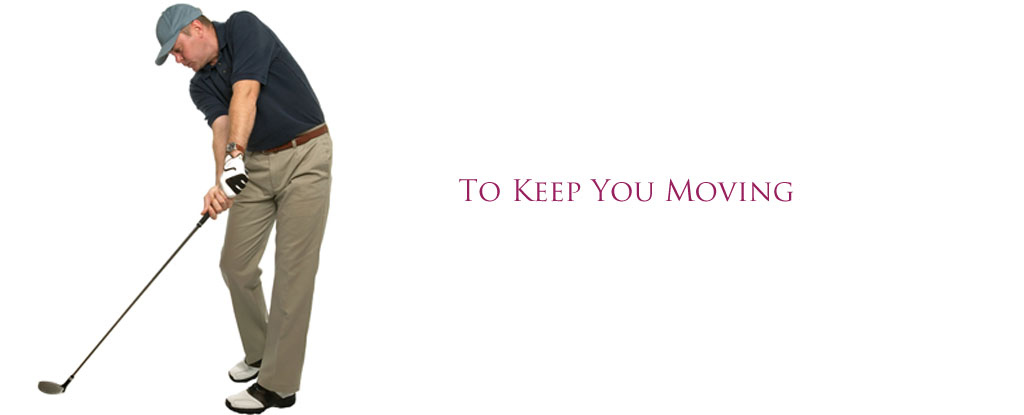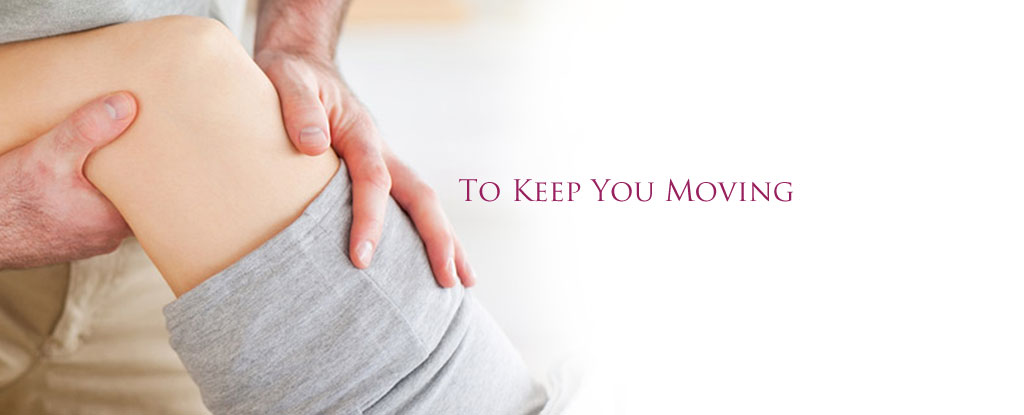Q: I had a car accident last week that has left me shaken. I expected neck pain and got it. What I didn't expect was to be so dizzy. How long does this last?
A: Studies show that up to 40 per cent of people involved in car accidents, with neck trauma in the form of whiplash develop persistent symptoms. Dizziness is one of three most common symptoms after whiplash trauma. Pain and postural unsteadiness are the other two common problems reported.
The presence of dizziness early on after whiplash injury may be an predicator of a worse prognosis than if you didn't have any dizziness. Dizziness and unsteadiness are not just the end result of chronic whiplash but actually part of the reason why chronic whiplash develops in the first place.
Any change in the sensory input from the neck muscles, tendons, and joints to the postural control system can result in the common symptoms of chronic whiplash. And until the effects on the postural control system are addressed, an unending cycle occurs and the symptoms remain. Understanding how and why this happens may help you understand the need for early intervention.
Sensors called receptors in the head and neck communicate with the musculoskeletal system. Together these mechanisms signal the nervous system, vestibular system, and the visual systems. The postural control that allows you to walk, see where you are going, carry objects with you, and maintain upright posture are all tied in together.
Postural control is the ability to stay upright and move through space easily and efficiently. Head and neck alignment, vision, and balance are all components of postural control. You may not realize it but something as simple as walking across a room while carrying an object requires the complete coordination of multiple systems.
There are also reflexes between the eyes, neck, and vestibular (inner ear) system that can be altered because of damage to the cervical spine. And that brings us to the need to intervene early after neck injuries resulting in whiplash in order to prevent the transition from acute to chronic status. Physiotherapy may be beneficial for you now to break the cycle.
If the therapist can alter the signals to and from the cervical spine (neck), it may be possible to do more than just manage symptoms but actually put an end to them. Restoring normal sensory function in the neck and resetting the postural control system may be possible. Research so far has focused on the role of exercise, acupuncture, and manual therapy to improve postural control.
The results have been encouraging. Pain is reduced, dizziness limited, the perception of neck disability is less, and visual gaze and eye-head coordination improved. It is thought that this treatment approach improves sensitivity of the deep muscle spindle and thus improves postural control. A muscle spindle is a small cluster of specialized muscle fibers within a muscle. Also called stretch receptors, they detect stretch (changes in the length) in the muscle.
Other treatment strategies aimed at restoring normal postural control after whiplash currently under investigation include acupuncture, acupressure, vestibular rehabilitation, coordination exercises, and spinal manipulation.
Reference: Julia Treleaven, PT, PhD. Dizziness, Unsteadiness, Visual Disturbances, and Postural Control. In Spine. December 1, 2011. Vol. 36. No. 25S. Pp. S211-S217.





